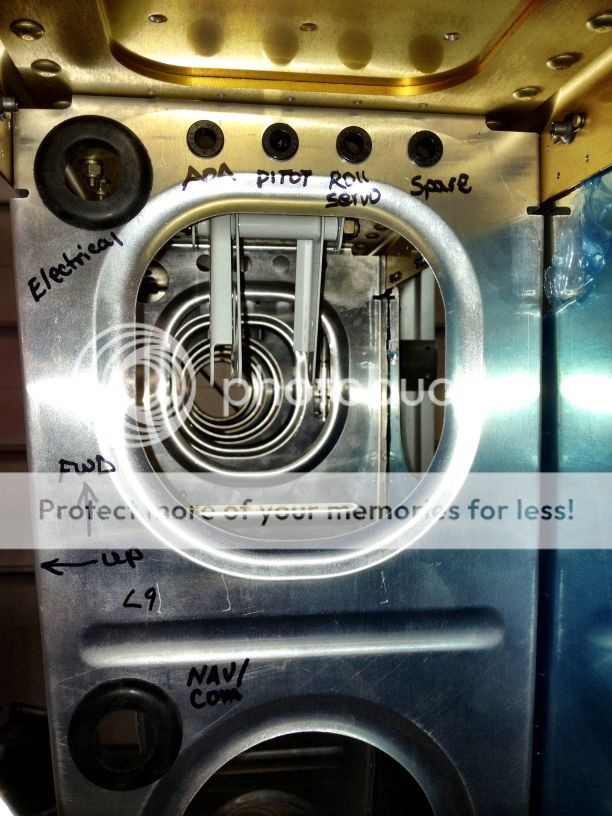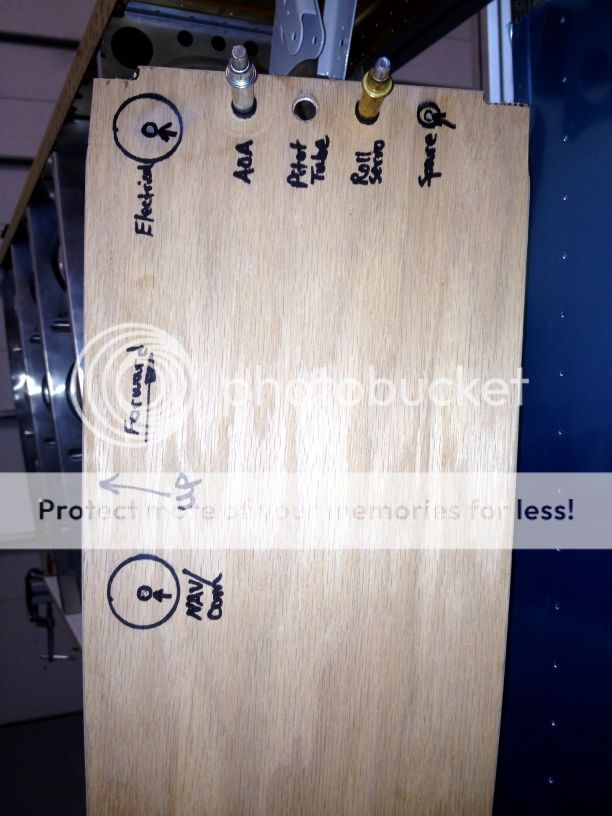cka357
Active Member
Before I drill and prime all 28 ribs with these hole locations I would like some feedback on the conduit locations and wire routing.
Do you guys see any hidden problems with my layout?
The pictures show the left wing just outboard of the bell crank. Your suggestions will be appreciated.
Chuck
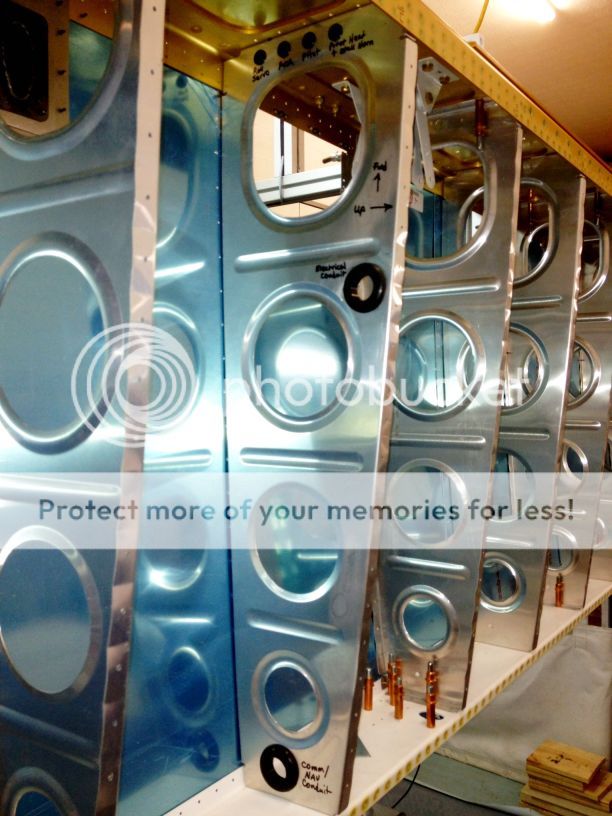
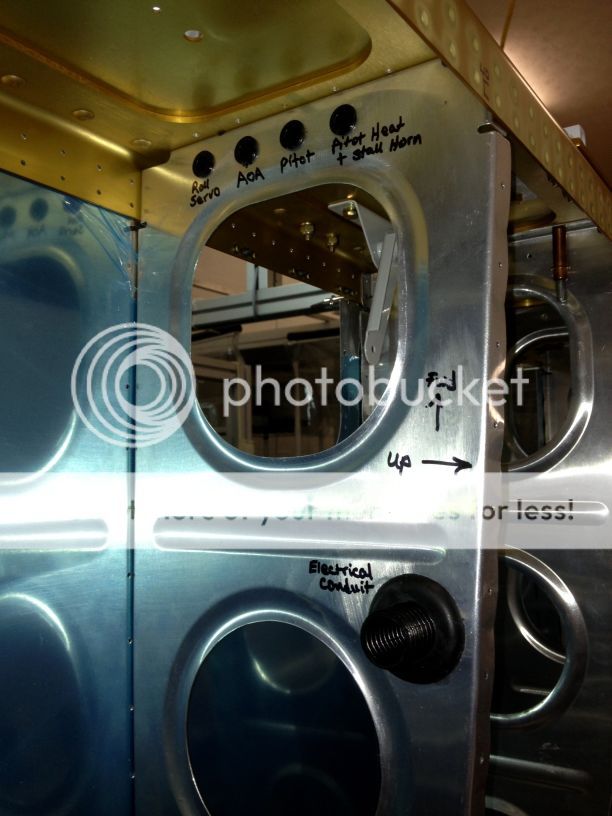
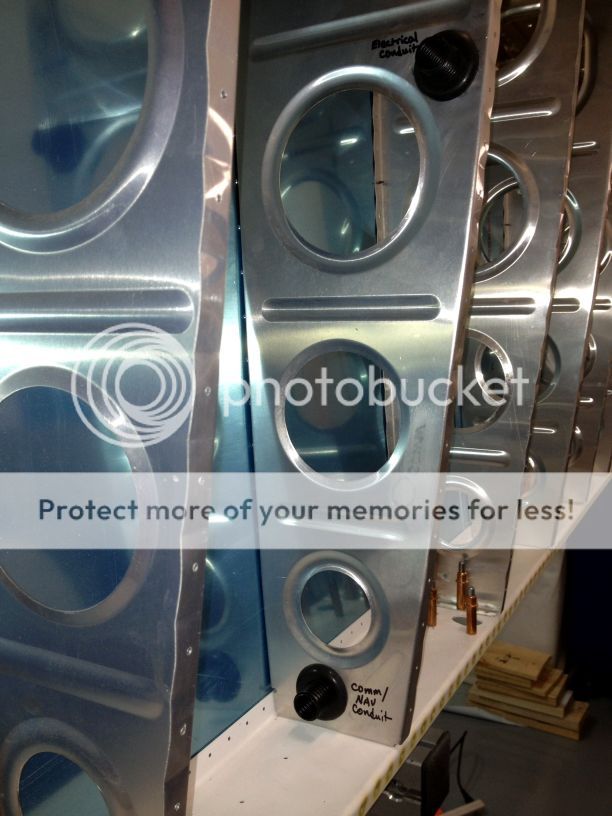
Do you guys see any hidden problems with my layout?
The pictures show the left wing just outboard of the bell crank. Your suggestions will be appreciated.
Chuck






